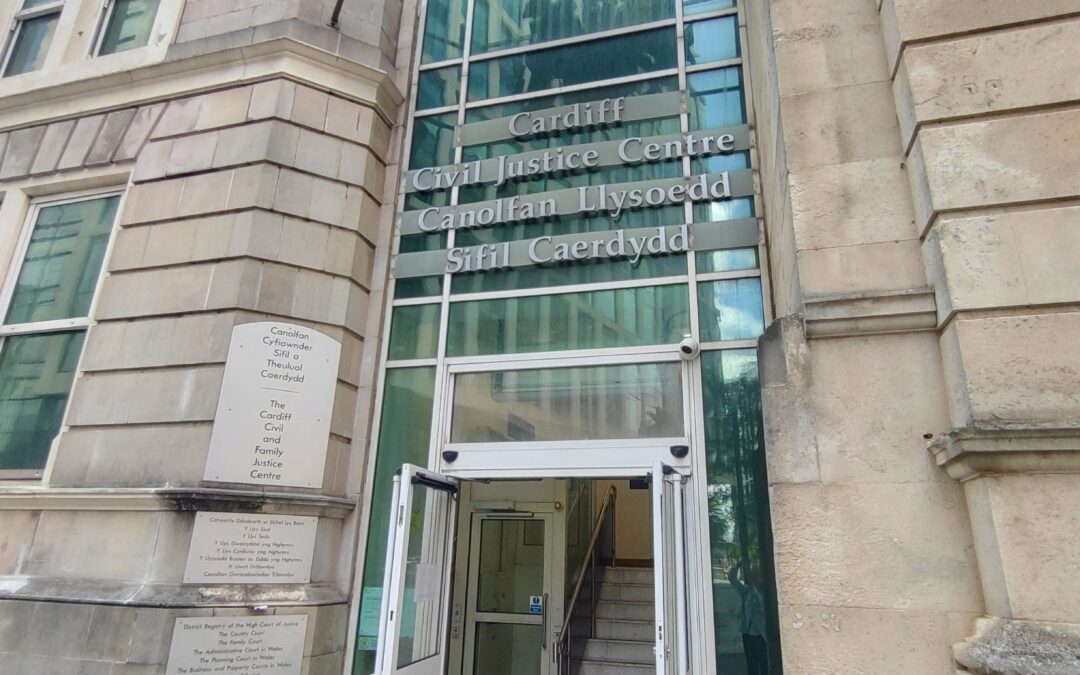A local authority (LA) applied for care orders for six children in March 2025. At the case management hearing (CMH) I attended in April, and wrote on here: ‘Completing care proceedings in less that 26 weeks’, a strict timetable was set out by the judge to ensure that all assessments were completed by mid August when an Issues Resolution Hearing (IRH) would be listed. Interim care orders were made for all the children, then living at home with parents Mr and Mrs A, with a safety plan in place.
Local Authority care plans
The LA final care plans at the IRH this month were that the three younger children be adopted, the middle child live in long-term foster care with LA foster carers under a care order, and the two older children (who have a different father, Mr B, to the younger children) live with Mr B under a child arrangements order. Apart from these two children, the LA hadn’t found any potentially suitable placements with extended family or friends.
The Issues Resolution Hearing
Despite these plans for removal from a harmful household, the judge was told that all six children were still living at home four months after the CMH. There have been daily visits by social workers since March, including weekends. However, the safety plan was not being kept to by Mr and Mrs A, and the parenting assessments had been negative. The threshold of significant harm had been largely accepted back in April, but the only apparent change in circumstances was that the two older children had been successfully reintroduced to Mr B and were spending some time with him. The LA assessment of Mr B had been positive.
The barrister for the LA explained that there simply were no suitable foster placements currently available for any of the children.
The lawyers for Mr and Mrs A – who disagree with all the placement plans – then made submissions asking for three other adults to be considered as potential carers for the children. None of these people had been mentioned as potential carers at the CMH. There was some confusion as to whether one of them had been approached formally and found not suitable but the other two were not known to the LA. The judge began to look at dates for another IRH and a final hearing in November or December.
The barrister for the children (whose turn to speak usually comes at the end, after the LA and parents’ lawyers) said that these further delays were ‘beyond belief’. She pointed out that these new requests were completely outside current Public Law Outline (PLO) guidance, that ‘these children deserve better’ and court oversight was essential. She asked for an earlier hearing, at the point where any viability assessments had been done, because if these were negative and there weren’t going to be any full connected persons assessments (which take 12 weeks) matters could proceed more quickly without waiting until November.
Court decision
The judge agreed to list an adjourned IRH in two weeks’ time. He told the children’s barrister that he shared her frustration and said he was anxious about the children’s welfare, still being in the unsafe home environment. This was an Issues Resolution Hearing where he had been given no issues to resolve, he said. It therefore didn’t meet the PLO definition of an effective IRH. If the IRH could resolve some issues in September, then Mr and Mrs A should expect a final hearing in mid October.
Comment
We’ve now had 12 years of case law and practice since the Re B and Re B-S language of ‘holistic evaluations of all the options’ and placement for adoption only when ‘nothing else will do’. It seemed strange to me that where adoption had been decided by the LA as their preferred plan for three children, they were still living with their birth parents. How can that fit the concept of permanent removal being the only realistic option? How can a LA persuade the court that their plan for ‘permanence’ is really in the best interests of the children if they can’t say when and whether they will be able to implement it? However, I can see that daily visits by social workers as the only way to keep the children safe at home is not sustainable in the long term.
The judge was concerned at the replies to his questions about foster placements. He wanted to know about short and long-term fostering placements and also bridging placements for the children who may become subject to placement orders. From what I could gather, although the children probably all need reparative parenting and may need some therapy to come to terms with their experiences, they are not especially challenging children who would only be safe with highly specialised foster carers in the short term. The judge observed that the lack of placements was a problem in almost all his cases; LAs have to create bespoke, Air B&B type arrangements using their own staff to accommodate children who can’t stay at home. He thought this was a problem across south-east Wales. If so, it’s difficult to see how LAs can continue to fulfill their duties to children at risk of harm.
We have a small favour to ask!
TEN YEARS A CHARITY
The Transparency Project is a registered charity in England and Wales run by volunteers who mostly also have full-time jobs. Although we’ve now been going for a decade, we’re always working to secure extra funding so that we can keep making family justice clearer for all who use the court and work in it.
We can’t do what we do without help from you!
We’d be really grateful if you were able to help us by making a small one-off (or regular!) donation through our Just Giving page
